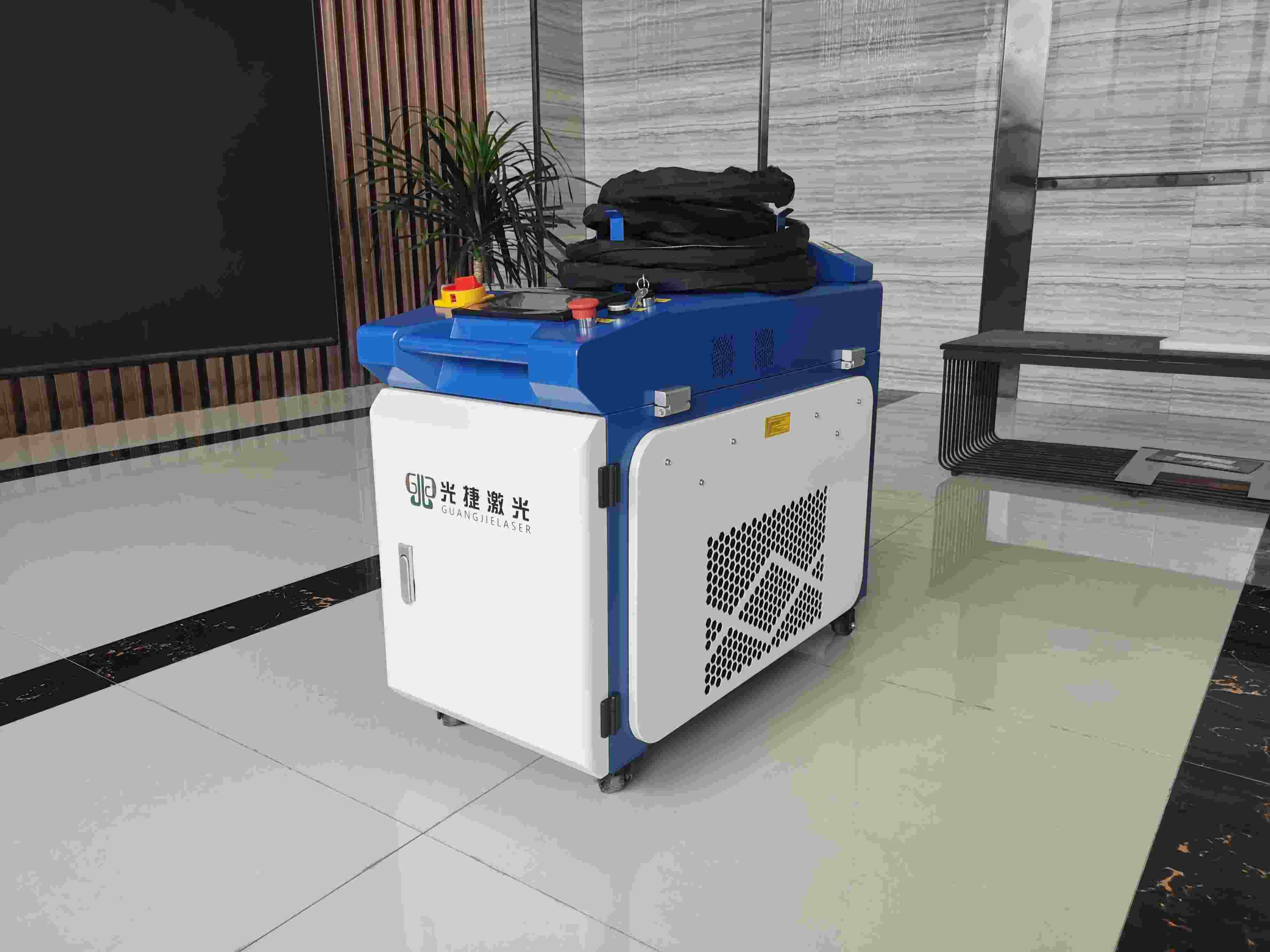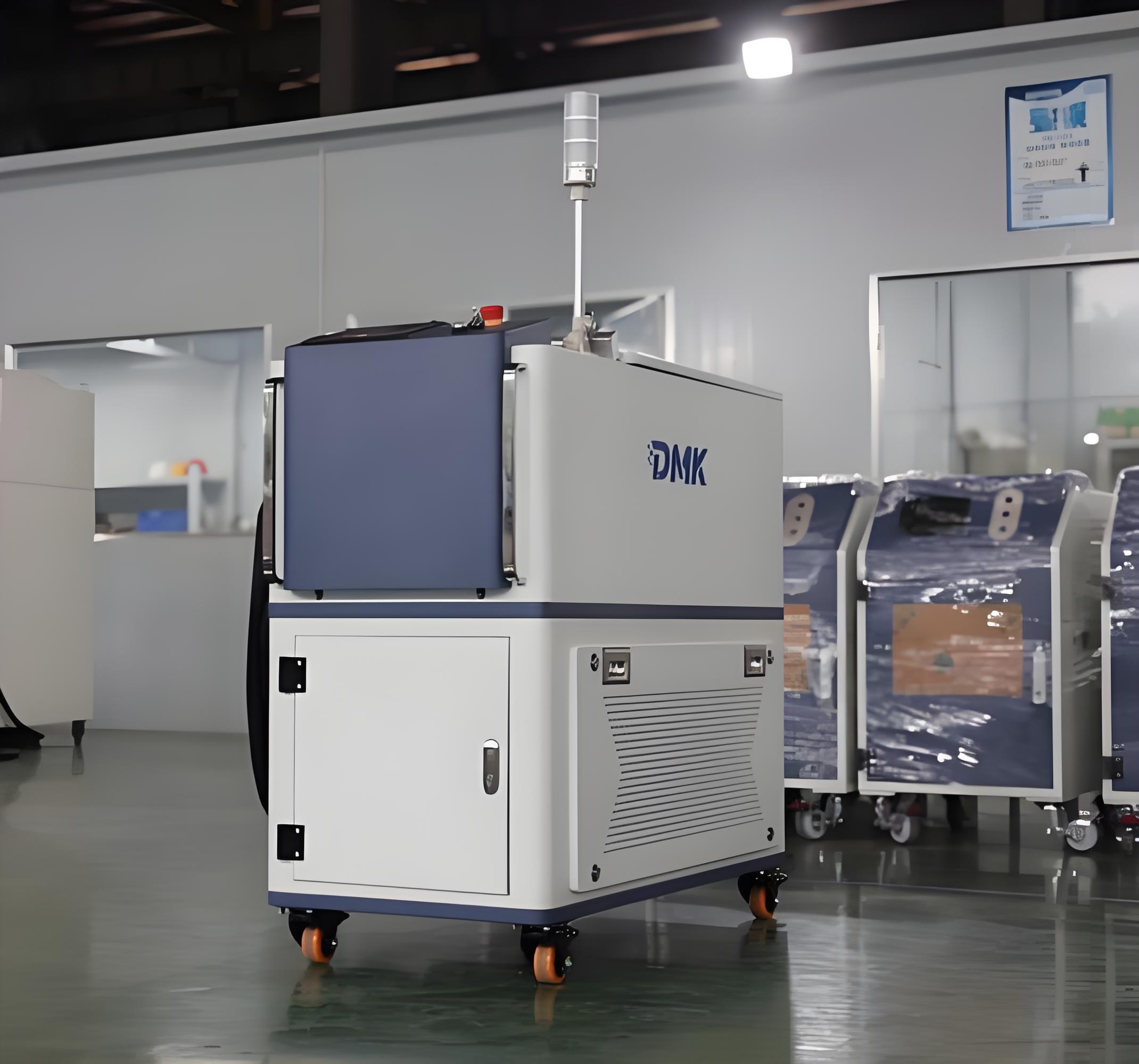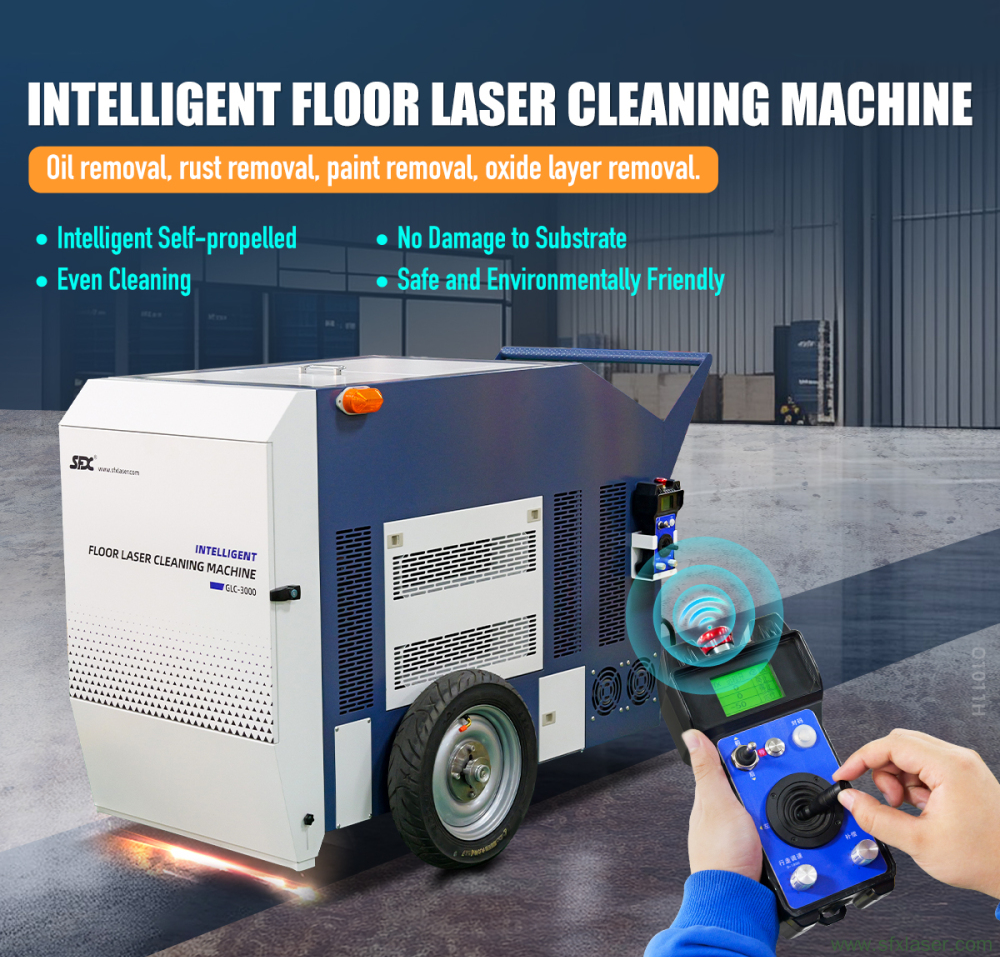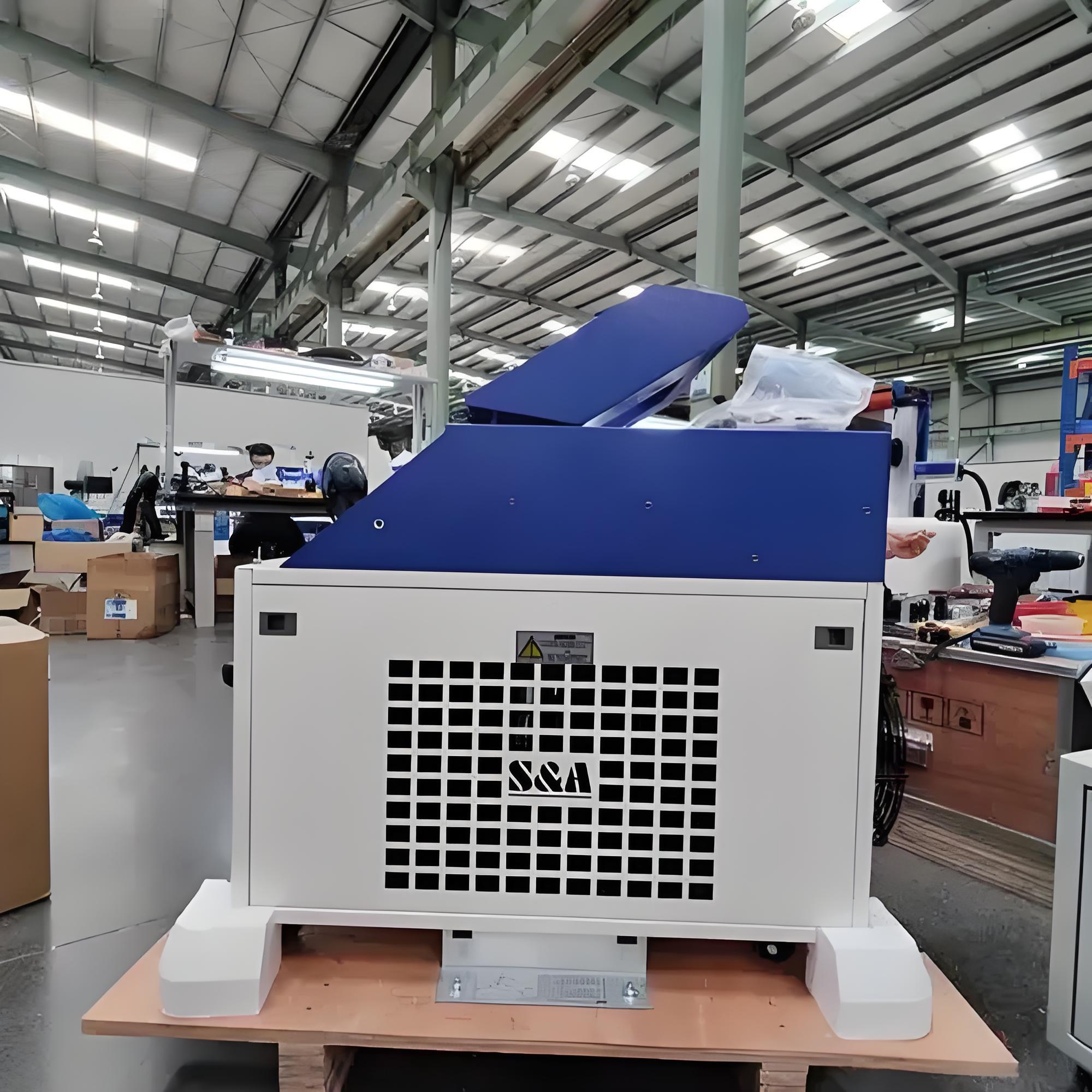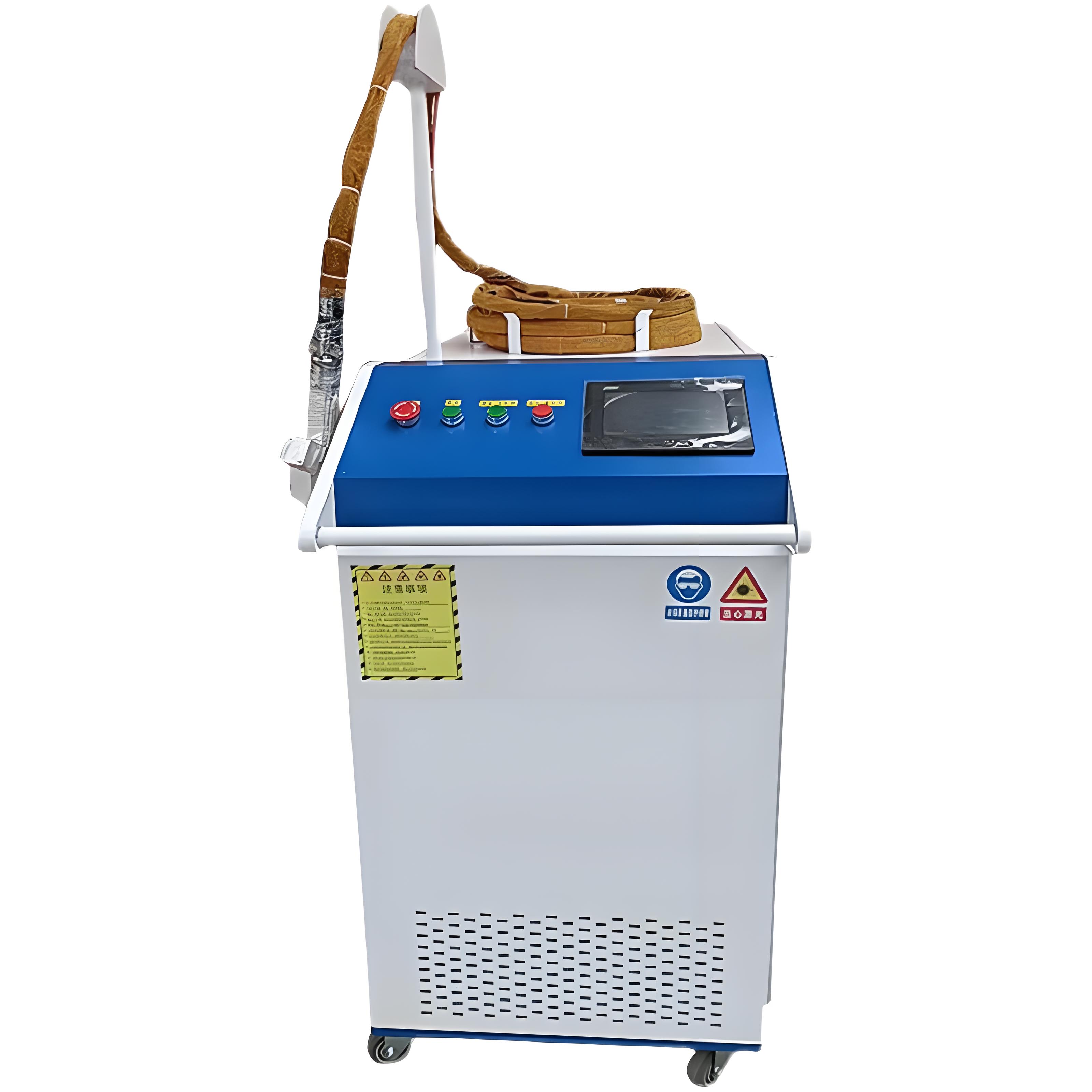As someone who’s spent years working with industrial cleaning technologies, I’ve seen how laser rust removal machines have transformed maintenance across industries like manufacturing, automotive, and heritage conservation. These machines, which use focused laser beams to blast away rust and contaminants, are a game-changer for their precision and eco-friendliness. But one question I often hear from clients and colleagues is whether these machines can handle complex surfaces—think curved pipes, intricate machinery, or ornate historical artifacts. It’s a fair concern, as irregular shapes and hard-to-reach areas can make rust removal a nightmare. Drawing on my experience, let’s explore whether laser rust removal is up to the task, diving into its capabilities, limitations, and practical tips for tackling complex surfaces.
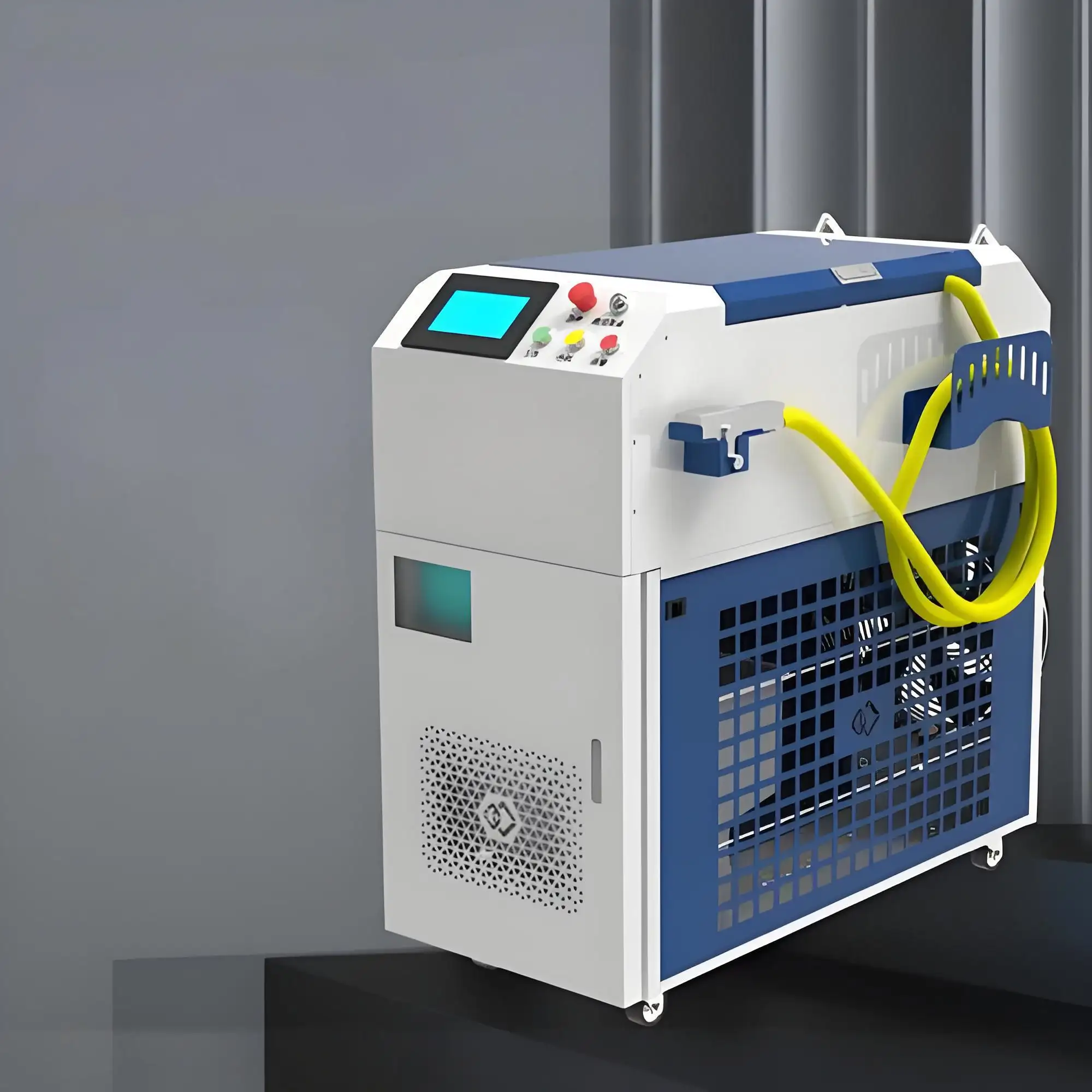
What Makes Laser Rust Removal Different?
Before we get into the nitty-gritty, let’s clarify how laser rust removal works. Unlike traditional methods like sandblasting or chemical treatments, laser cleaning uses high-energy pulses to vaporize rust, paint, or other surface contaminants without damaging the underlying material. The process is non-contact, produces minimal waste, and doesn’t require harsh chemicals, which makes it appealing for industries aiming to go green.
In my time consulting for factories and restoration projects, I’ve seen laser machines tackle everything from flat steel plates to delicate sculptures. But complex surfaces—those with curves, crevices, or intricate designs—pose unique challenges. Can a laser navigate these geometries effectively? Let’s break it down.
Why Laser Rust Removal Shines on Complex Surfaces
1. Non-Contact Precision
One of the biggest advantages of laser rust removal is that it’s a non-contact process. Unlike abrasive methods like grinding or sandblasting, which require physical contact and can struggle with tight corners, lasers work by directing a beam of light. This makes them ideal for intricate surfaces where traditional tools might miss spots or cause damage.
I once worked on a project restoring an antique iron gate with swirling patterns. Sandblasting would’ve been too aggressive, risking damage to the delicate filigree. The laser machine we used allowed us to clean every curve and crevice without touching the surface, preserving the gate’s intricate details.
2. Adjustable Settings for Versatility
Modern laser rust removal machines come with adjustable parameters—like power, pulse frequency, and beam width—that let operators fine-tune the process for different surfaces. This flexibility is key for complex geometries. For example, a lower power setting can gently clean a curved, delicate surface, while a wider beam can cover larger, uneven areas more quickly.
In a factory I advised, we used a handheld laser to clean rust from a set of curved steel pipes. By tweaking the pulse frequency, the operator could remove rust from both the outer curves and inner bends without needing multiple tools.
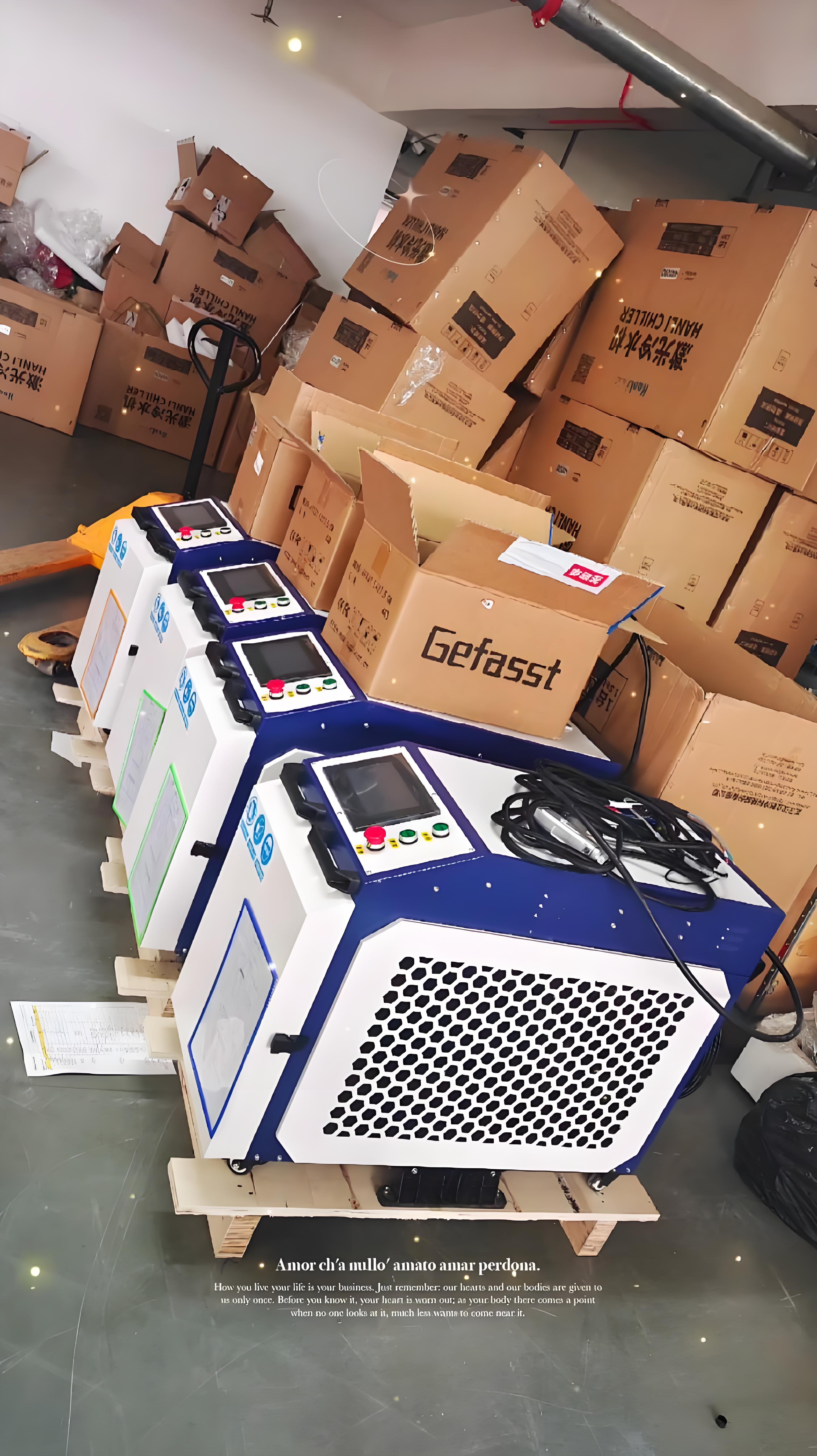
3. Access to Hard-to-Reach Areas
Complex surfaces often have nooks and crannies that are tough to access. Handheld laser devices, in particular, give operators the maneuverability to aim the beam into tight spaces. Some machines also come with fiber-optic cables or articulated heads, allowing the laser to reach deep recesses or angled surfaces.
I recall a shipyard project where we cleaned rust from a propeller shaft with multiple grooves and angles. A handheld laser with a flexible head made it possible to target every surface, even areas that would’ve been impossible to reach with a wire brush.
4. Minimal Surface Damage
One worry with complex surfaces, especially on delicate or historical objects, is preserving the material underneath. Laser cleaning is highly selective, targeting only the rust or contaminants while leaving the base material intact. This is a huge plus for intricate surfaces where even slight damage could ruin the piece.
In a museum restoration project, we used a laser to clean rust from a 19th-century bronze statue with detailed engravings. The laser removed the corrosion without harming the patina or fine details, which would’ve been at risk with chemical cleaners.
5. Eco-Friendly and Safe for Operators
Complex surfaces often require multiple cleaning steps with traditional methods, generating dust, chemicals, or waste. Laser cleaning produces minimal waste—just vaporized rust particles that can be vacuumed up—and requires no consumables like sand or chemicals. This makes it safer for operators and easier to use in confined or intricate spaces.
Challenges of Using Laser Rust Removal on Complex Surfaces
While laser rust removal has clear strengths, it’s not without challenges. Based on my experience, here are the main hurdles when working on complex surfaces and how to address them.
1. Line-of-Sight Limitations
Lasers require a direct line of sight to the surface being cleaned. On highly complex or recessed surfaces, shadows or obstructions can prevent the beam from reaching certain areas. For example, deep grooves or overlapping components can be tricky to clean fully.
In an automotive factory, we faced this issue with a rusted engine block that had internal passages. We solved it by using a laser with a flexible fiber-optic head and rotating the part to ensure all surfaces were accessible. It took extra time but was still faster than dismantling the block for sandblasting.
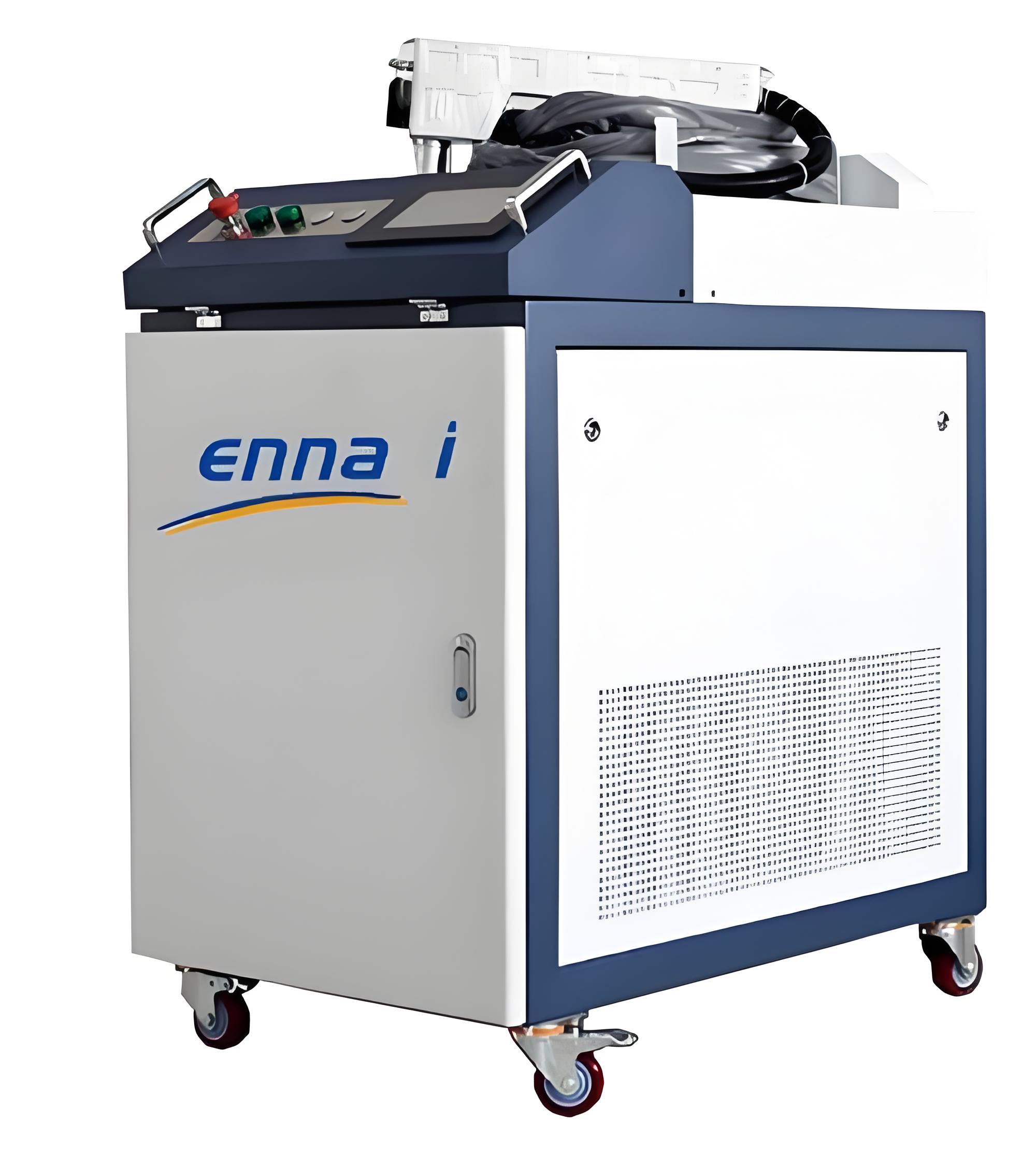
2. Operator Skill and Training
While laser machines are user-friendly, they require trained operators to handle complex surfaces effectively. Adjusting settings for different curves or materials takes experience, and improper use can lead to uneven cleaning or, in rare cases, surface damage. Handheld units, in particular, demand steady hands and good judgment.
I’ve seen new operators struggle with maintaining consistent beam distance on curved surfaces. To address this, I recommend thorough training sessions—ideally hands-on with real-world examples—and starting with simpler tasks to build confidence.
3. Time-Intensive for Large Areas
While lasers are precise, they can be slower than abrasive methods for large, complex surfaces. The beam’s small focal area means operators need to move methodically across curves and contours, which can be time-consuming. For high-throughput industries, this is a key consideration.
In a pipeline maintenance project, cleaning rust from a long, curved pipe took longer with a laser than sandblasting would have. However, the laser’s precision and lack of mess made it worth the extra time for that specific application.
4. High Initial Investment
Laser rust removal machines are expensive, with costs ranging from $10,000 for portable units to over $100,000 for industrial-grade systems. For businesses or restoration teams working on complex surfaces, this upfront cost can be a barrier, especially if they only need occasional use.
I advised a small restoration firm that opted to rent a laser machine for a one-off project involving ornate railings. This allowed them to test the technology without committing to a full purchase.
5. Surface Material Sensitivity
While lasers are generally safe for most metals, certain materials—like thin or highly reflective surfaces—require careful handling to avoid damage. Complex surfaces with mixed materials (e.g., steel with brass inlays) can complicate the process, as different settings may be needed for each.
In a historical restoration project, we had to adjust the laser’s power multiple times to clean a mixed-metal artifact without overheating the brass components. This required close monitoring but was manageable with proper training.
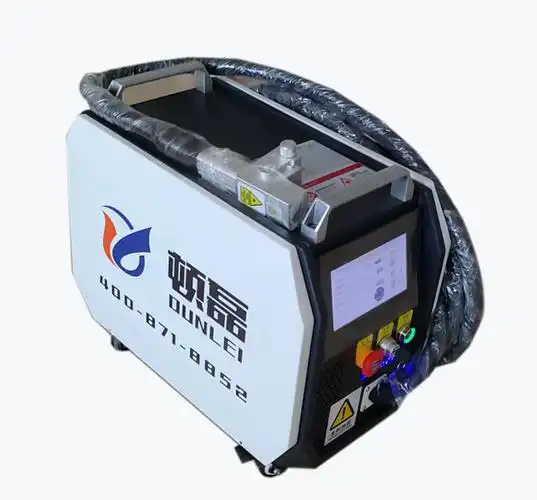
Comparing Laser Rust Removal to Traditional Methods for Complex Surfaces
To help you understand how laser cleaning stacks up, here’s a comparison based on my field experience:
|
Feature |
Laser Rust Removal |
Sandblasting |
Chemical Cleaning |
|---|---|---|---|
|
Suitability for Curves |
Excellent, non-contact precision |
Moderate, struggles with crevices |
Good, but risks residue buildup |
|
Material Safety |
High, selective cleaning |
Risk of abrasion or damage |
Risk of chemical damage |
|
Ease of Use |
Moderate, requires training |
Simple but messy |
Simple but hazardous |
|
Waste Generation |
Minimal, eco-friendly |
High, produces dust |
High, chemical waste |
This table reflects what I’ve seen in practice. Lasers excel on complex surfaces for their precision and minimal impact, but training and time are key considerations.
When Is Laser Rust Removal Ideal for Complex Surfaces?
Based on my work across industries, laser rust removal is particularly well-suited for:
Heritage Conservation: Intricate artifacts, statues, or architectural elements where preserving details is critical.
Industrial Components: Curved pipes, gears, or machinery parts that need precise cleaning without disassembly.
Automotive and Aerospace: Complex parts like engine blocks or turbine blades where traditional methods risk damage.
Small-Scale or Delicate Projects: Surfaces where manual tools or abrasives are too aggressive.
For example, I worked with a maritime museum cleaning rust from a ship’s propeller with intricate curves. The laser’s ability to navigate the shape without damaging the metal was a lifesaver compared to sandblasting, which would’ve eroded the surface.
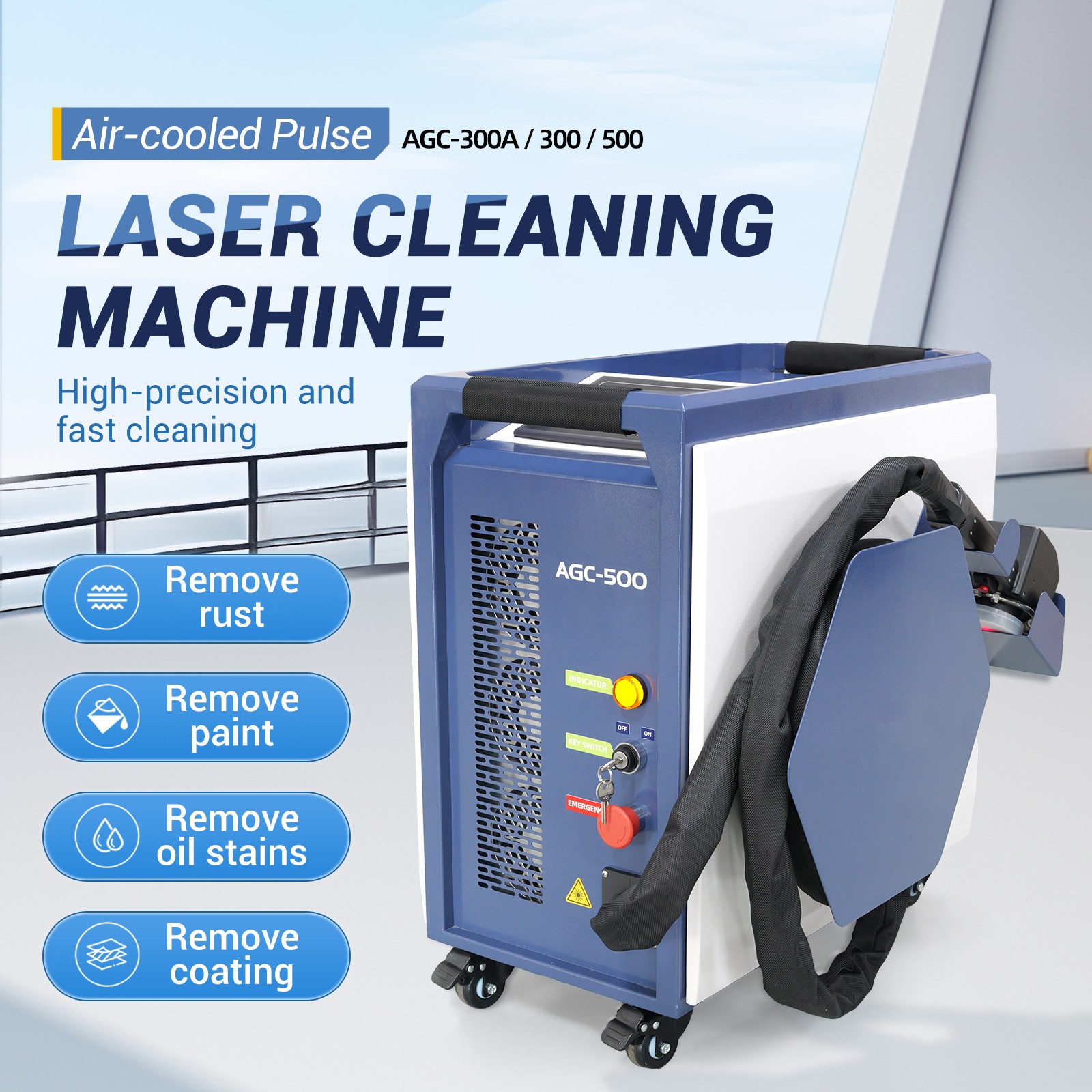
Practical Tips for Using Laser Rust Removal on Complex Surfaces
Here’s how to ensure success based on my experience:
Choose the Right Equipment: Opt for a machine with adjustable settings and, if possible, a handheld or fiber-optic head for flexibility. For very intricate surfaces, a lower-power unit (e.g., 100W) is often sufficient and safer.
Train Operators Thoroughly: Invest in hands-on training to teach staff how to adjust settings and maintain consistent beam distance. I’ve found that 2-3 days of training, including practice on sample pieces, works well.
Plan for Accessibility: For deeply recessed areas, use mirrors or reposition the workpiece to ensure line-of-sight access. In some cases, combining laser cleaning with manual brushing for tight spots can be effective.
Test on a Small Area: Before tackling a complex surface, test the laser on a small, inconspicuous section to dial in the right settings. This saved us on a project involving a rusted sculpture with varying metal thicknesses.
Maintain Equipment: Regularly clean the laser’s lens and check for wear to ensure consistent performance, especially on detailed work.
Consider Workflow: For large or highly complex surfaces, break the job into sections to manage time and operator fatigue. In one factory, we rotated operators every hour to keep focus sharp.
Real-World Examples of Laser Cleaning on Complex Surfaces
To illustrate, here are two projects I’ve been involved with:
Historical Bridge Restoration: A city project involved cleaning rust from a century-old iron bridge with ornate railings. The laser’s precision allowed us to remove rust from curved and filigreed sections without damaging the structure, something sandblasting couldn’t achieve.
Industrial Gearbox Maintenance: A manufacturing plant needed to clean rust from a gearbox with intricate internal components. A handheld laser with a flexible head reached every surface, saving hours compared to manual cleaning and avoiding the mess of abrasives.
These cases highlight how lasers can tackle complex surfaces when used strategically.
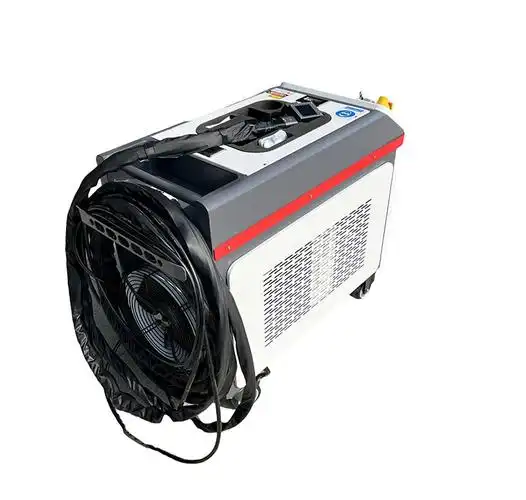
The Verdict: Can Lasers Handle Complex Surfaces?
From my years in the field, I’d say laser rust removal machines are not only capable but often ideal for complex surfaces, thanks to their precision, non-contact nature, and versatility. However, success depends on proper equipment selection, operator training, and strategic planning to address line-of-sight and time constraints. While the upfront cost and learning curve can be hurdles, the benefits—minimal damage, eco-friendliness, and access to intricate areas—make lasers a powerful tool for industries and restoration projects alike.
If you’re considering laser rust removal for complex surfaces, start with a pilot project to test its fit for your needs. With the right approach, it can streamline maintenance and deliver results that traditional methods can’t match. The technology has come a long way, and in my experience, it’s opened up possibilities for cleaning surfaces that were once considered too challenging.
Related Questions and Answers
Q: Can laser rust removal damage delicate or thin surfaces?
A: If settings are adjusted properly, lasers are very safe for delicate surfaces. Always test on a small area and use lower power for thin or intricate materials.
Q: How long does it take to clean a complex surface with a laser?
A: It depends on the surface size and complexity. Small, intricate parts might take minutes, while large, curved structures could take hours. Planning and efficient equipment help speed things up.
Q: Are there surfaces where laser cleaning doesn’t work well?
A: Lasers struggle with deep recesses where the beam can’t reach directly. Combining lasers with other methods or repositioning the workpiece can solve this.
Q: Is laser rust removal cost-effective for complex surfaces?
A: For high-value or delicate surfaces, like historical artifacts or critical machinery, the precision and lack of damage make it cost-effective despite the high initial investment. Renting can be a good option for one-off projects.

